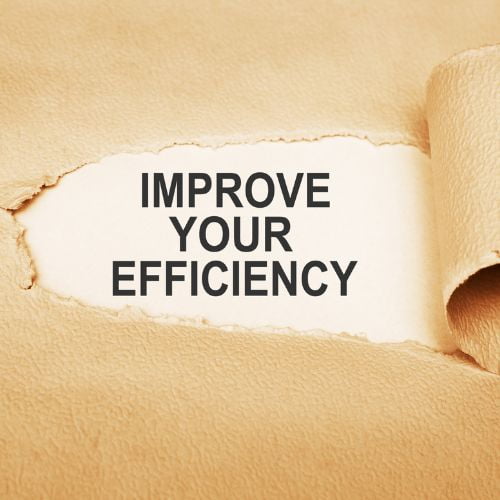What is asset management software? how can a software asset register help you to organise and take control of your assets? Read this post to find out!
How to Keep Track of Computer Inventory
How to Keep Track of Computer Inventory
Keeping track of all of your computer inventory isn’t as easy as you’d think. Even if you run a very small business you’ll have a lot of computer-related equipment. This is why it makes sense for you to keep track of it. However, not everyone knows what a computer inventory is or how to keep track of it.
Read this article to learn more about computer inventory management and how it can benefit your business.
What Is A Computer Inventory?
A computer inventory consists of anything that relates to a computer such as software and hardware. In other words, software that a business has purchased, along with laptops, tablets, and computers. Computer inventories can also consists of modems, printers, cables, and everything else that you associate with computers.
When you know what computer inventory you have, you can make the most of computer inventory management.

How To Keep Track Of Your Computer Inventory
There are some very easy ways for you to keep track of everything you have that relates to computers. While some people assume that having a list of their inventory or even a spreadsheet will do, there is a real risk of errors occurring. This is why it makes sense for every business out there to manage their computer inventory.
Let’s take a close look at how you can make computer inventory management work for you.
Upload Details Of Your Inventory To Your Chosen Software
One of the first things that you need to do is to upload details of everything you have to the software you’ve chosen. Some software packages allow you to stick an RFID tag to each of your assets so you can scan the code. As soon as the code has been scanned a digital profile will automatically be created. It’s this profile that helps you to excel when it comes to computer inventory management.
As soon as you have created a single digital profile you can add information about the asset in question. You can, for example, add information such as the asset’s make and model, when it was purchased, how much the asset cost, and even its subscription, insurance, and warranty details.
Want to take things a little further? Upload the instruction booklet as well as a photograph of the asset. You could also add a maintenance schedule, should you wish to. A schedule such as this could ensure that your assets are in good condition. You’ll be reminded when it’s time to send each asset for its yearly or six-monthly maintenance, for example. You could even use the software to request that a printer undergoes repair when it breaks down, yet again.
Assign Assets To Team Members
A really good way for you to track your assets is by assigning them to team members. When you know who has what, you have a better idea of how often the tablets, for example, are used. You don’t even have to assign your assets to get an accurate report of how often assets are used.
You could use a check-in and check-out function if the software you’ve chosen allows this. If it does, this feature could prove to be very useful. It allows you to see who has what and when. In addition to this, the check-in and check-out feature helps to improve security. It does this by automatically making users feel more responsible for the assets when they use them.
Think about how you would feel if your manager knew you were using a specific laptop or you were in charge of some software. You would automatically take more care of the laptop or software. You’d make sure that the laptop was in a good state of repair. You’d also take more care of it so that it was less likely to go missing. As far as the software is concerned, perhaps you’d make sure that the licence was up to date and you’d downloaded all of the updates.
Assigning assets or using the check-in and check-out feature helps you to track your computer inventory with ease.
Create And Export Reports
Some computer inventory management software will allow you to create and export reports. Every time an asset is used, data will automatically be created. It’s this data that can prove to be very useful to you and your business. You can see, for example, whether you have enough tablets for your sales team. Alternatively, you could see how often you need to purchase printer paper or how many times assets need to be repaired.
Computer inventory management can help you to track your inventory with ease. All you need to do now is to find some software that works well for you.
Would you like to speak with a computer inventory management expert about keeping track of your assets? Talk to us today at: team@itemit.com. We can help you.
The Ultimate Way To Keep Track Of Computer Inventory
Choose a better way to track your assets
Start your free 14-day trial now
Instant access. No credit card details required.
Related articles
Asset Management Software: An Introduction
Why Fixed Assets Should Be Tracked
Does your business have a lot of fixed assets? Read this article now to learn why using a fixed asset register can help your business to succeed!
Financial Reporting And Audit Compliance: How Tracking Software Ensures Everything Is Accurate
Can IT inventory software help with financial reporting and audit compliance? It turns out it can! Read this post now to find out how!





